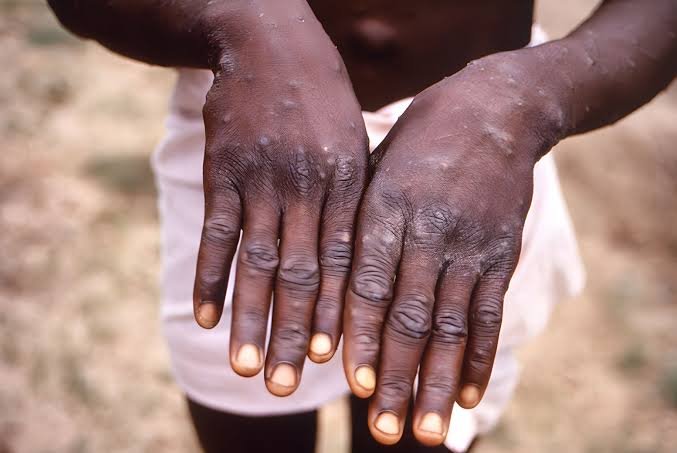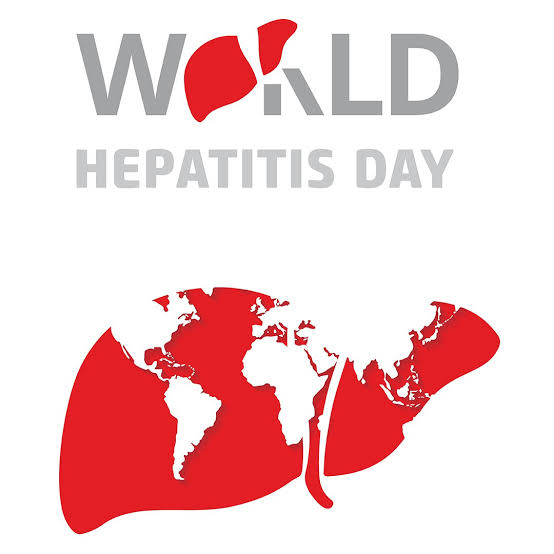MPox: A Recurring Epidemic

The Africa Centres for Disease Control and Prevention (Africa CDC) on the 13th of August, 2024, declared the current Mpox outbreak a Public Health Emergency of Continental Security (PHECS), marking the agency’s first such declaration since it was founded in 2017. The following day, WHO Director-General, Dr Tedros Adhanom Ghebreyesus designated the Mpox upsurge a public health emergency of international concern (PHEIC), in accordance with the 2005 International Health Regulations.
Mpox was first identified in Denmark during an outbreak among monkeys in a Copenhagen research facility. The first human case was reported in the Democratic Republic of Congo. Over the years, outbreaks have been recorded in different countries; Nigeria recorded over 200 cases in 2017. A global outbreak emerged in 2022, with cases reported in over 70 countries. However, there was a dip in cases which had been sustained until this year.
The virus which has been spreading at an alarming rate in the Democratic Republic of Congo and neighbouring countries has crept into the country. The Nigeria Centre for Disease Control and Prevention (NCDC) has confirmed 39 cases of Mpox, with most of them in Bayelsa, Cross River, Ogun, and Lagos states. Even as surveillance has been raised at airports, seaports and borders, it is important for all citizens to be educated about the virus, to control its spread, and avoid misinformation which was rampant during the Ebola and COVID outbreaks.
The Mpox Virus
Mpox, previously referred to as monkeypox, is caused by the monkeypox virus (a specie of the genus orthopoxvirus; the same genus as smallpox). It is an infectious viral infection that can be transmitted between humans and animals (a zoonotic disease), causing a range of symptoms in both species. Monkeypox was officially changed to “Mpox” in 2022 by WHO to reduce stigma and confusion.
The virus exists in two different clades;
Clade I : is endemic to Central Africa. It causes severe illnesses and a mortality rate of 10% and above. More recent cases have been less lethal.
Clade II : is endemic to West Africa and causes less severe infections . About 99.9% of infected people survive it.
The monkeypox virus has been found in small rodents, monkeys and some mammals that live in the endemic areas.
Transmission of Mpox
Mpox is transmitted primarily via;
- Direct contact with the body or exudes from infected animals (rodents, monkey, marsupials, etc).
- Bites or scratches from infected animals, handling infected animals during activities like hunting, skinning, or cooking.
- Contact with body fluid or materials of infected humans.
- Respiratory droplets from the talking sneezing and coughing of infected humans.
- Contact with clothing or linens contaminated with bodily fluids of infected persons.
- Mother-to-child transmission has also been reported
The virus enters the human body through broken skin and the mucous membranes of the mouth, respiratory tract and genitals. The incubation period spans 1-2 weeks but can be longer. Typically, people are infectious for about 2-4 weeks or until they heal completely.
Symptoms of Mpox
Symptoms usually begin with fever, headache, and malaise followed by itchy painful rashes that become blisters. These blisters eventually become deep vesicles or pustules that exude fluid, scab, and fall off over time.
Sore throat, muscle pain and swollen lymph nodes are also common symptoms.
Symptoms are more severe in people with weak immune systems (people with HIV, children, old people, pregnant women, etc). Atypical cases have been reported, where infected people show very mild or no symptoms at all.
Treatment and Prevention
Diagnosis of mpox is usually made by taking a sample from a skin lesion and testing it for the virus’s genetic material (DNA). Other methods include culturing (growing) and analyzing the virus in the lab; blood tests for antibodies to the monkeypox virus; and examining a sample of infected tissue under a microscope.
Treatment is mostly directed at relieving the symptoms, as there is currently no proven, safe treatment for the virus. Patients with mild symptoms should isolate themselves at home, drink sufficient water and eat healthy food. Complete recovery is expected within 2 to 4 weeks. For those with severe symptoms, hospital admission is necessary. Antiviral drugs such as tecovirimat, cidofovir, or brincidofovir have been shown to be helpful.
There are currently two vaccines used for preventing Mpox: JYNNEOS and ACAM2000. The JYNNEOS vaccine is better favoured, as it results in fewer adverse effects. It has been found to be at least 85% effective in preventing Mpox. The WHO does not recommend mass vaccination against Mpox. It is however advised for people at high risk of contracting the virus. These include immunocompromised people, people with multiple sexual partners and men who have sex with men. Unfortunately, there is a shortage in vaccines worldwide, especially in African countries where the virus is most rampant.
As this global emergency rages across the world, we can only hope that adequate measures are put in place to stem its tide. Regardless, we must take all necessary precautions to protect ourselves and prevent the spread of the monkey pox virus.
Victoria Aladi


